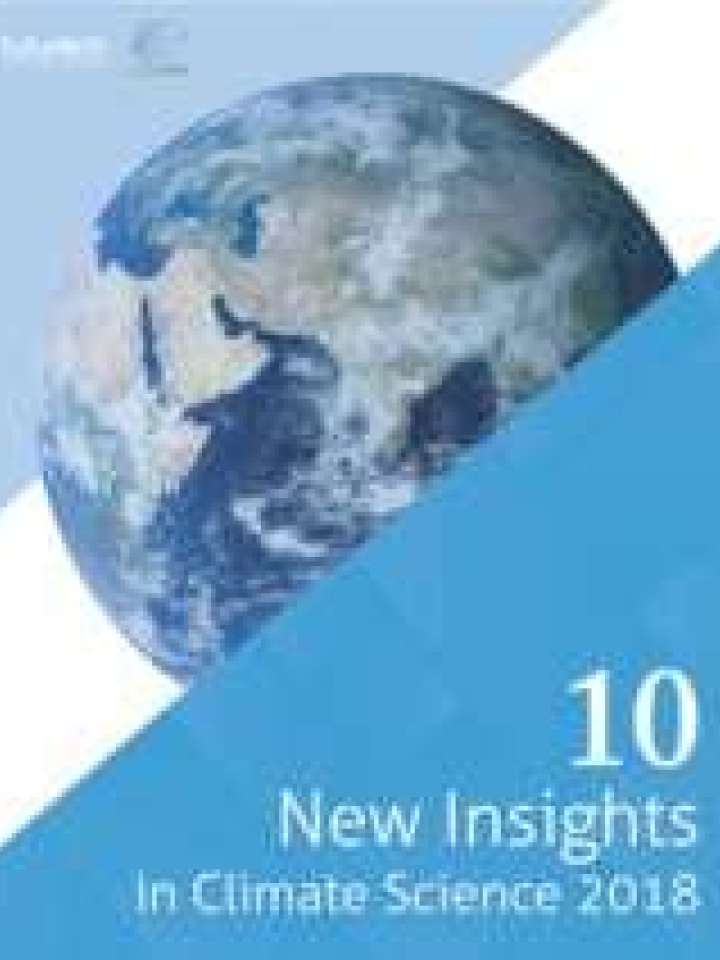10 new insights in climate science 2018
As nations meet in Poland for the 24th UNFCCC Conference of the Parties, this report synthesizes recent key insights from science with focus on those published in 2017-2018.
From fires in North America to floods across Asia, many societies have in the last 12 months begun to experience more severe impacts attributable to human-induced climate change. Although predicted by scientists, some of these impacts have come earlier than expected. Published in October, the Intergovernmental Panel on Climate Change’s (IPCC) landmark special report provided an unequivocal warning of the negative impacts of allowing global average temperature increase to go beyond 1.5°C (2.7°F).
In an effort to mitigate climate change and limit warming to well below 2°C (3.6°F), each country party to the UNFCCC has set a Nationally Determined Contribution (NDC), or national greenhouse gas reduction target. However, the emission reductions pledged under the NDCs are insufficient for the world to limit warming to well below 2°C, let alone 1.5°C.
More ambitious NDCs and stronger mitigation action until 2030 is needed to keep the 1.5°C target in reach. Limiting the temperature increase to less than 1.5°C will require greenhouse gas emissions to approximately halve by 2030, according to the IPCC - a Herculean task. The world is far from this trajectory. However, this trajectory is still achievable: solutions exist to halve emissions globally.
Therefore, this report emphasizes the urgency to act now and summarizes what we need to know to navigate the transformation to low-carbon societies.
Explore further
